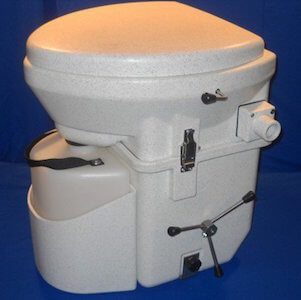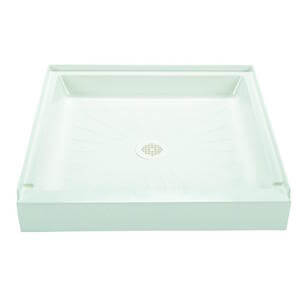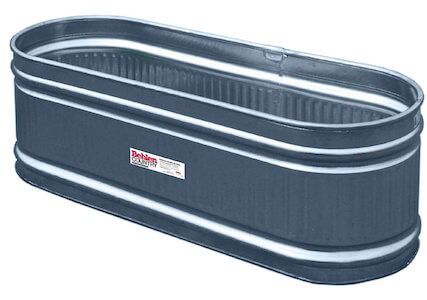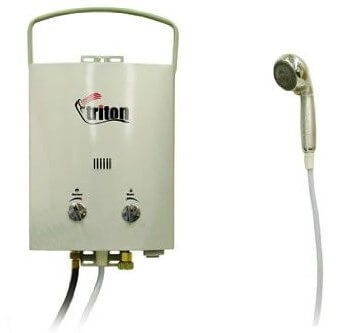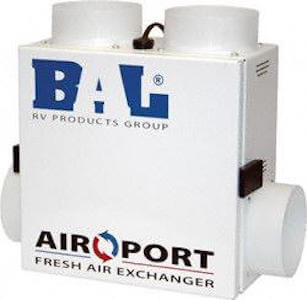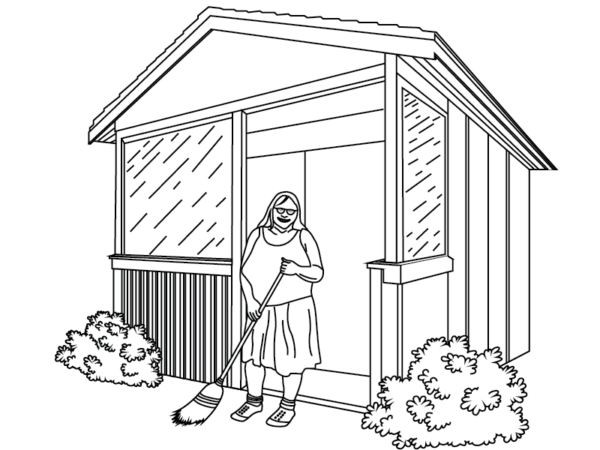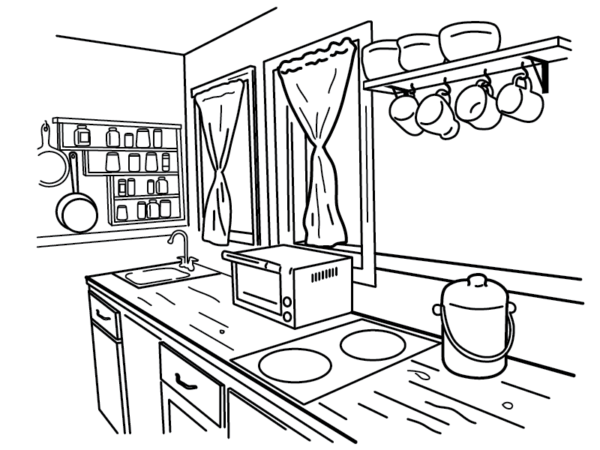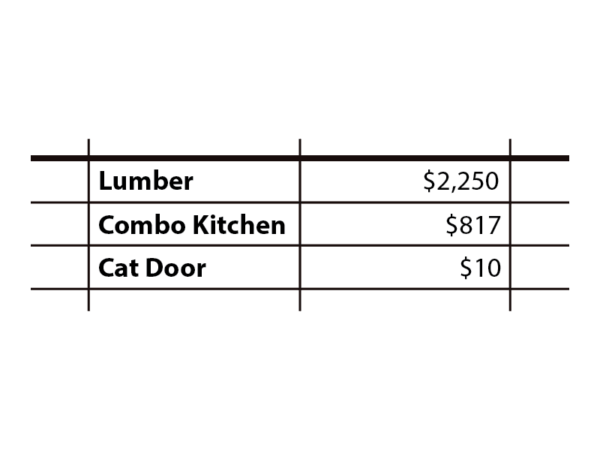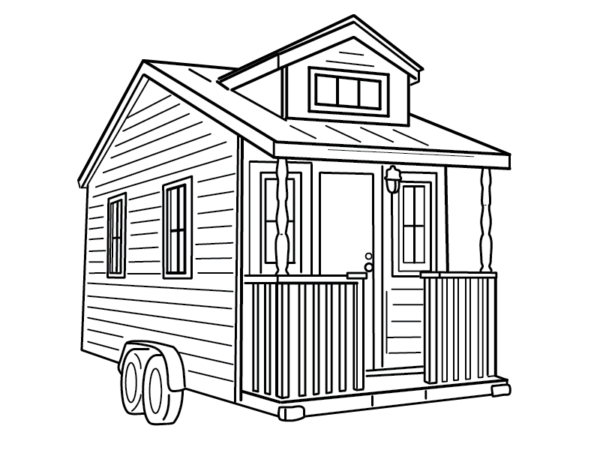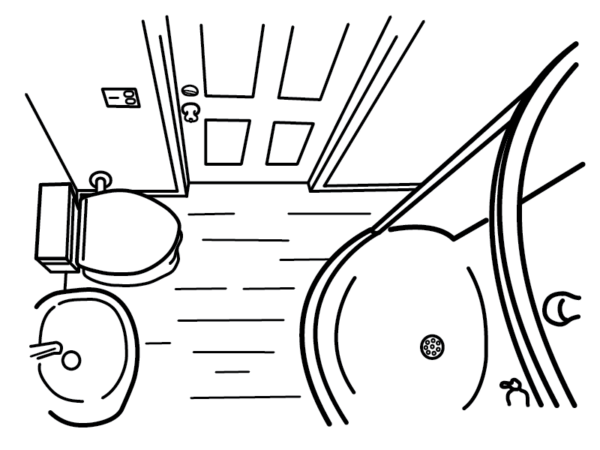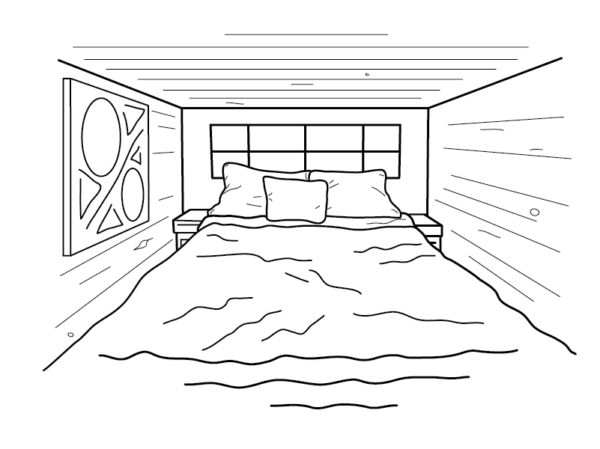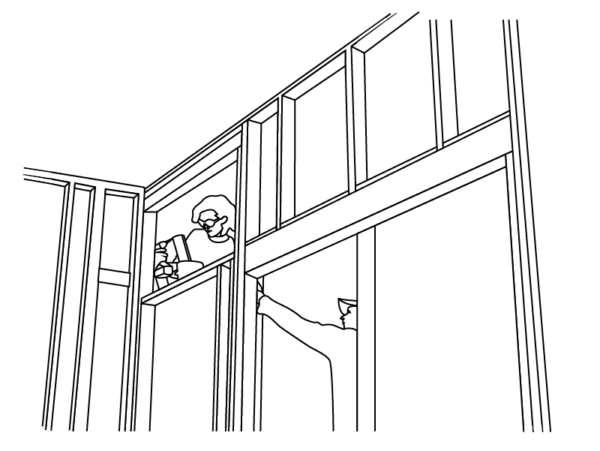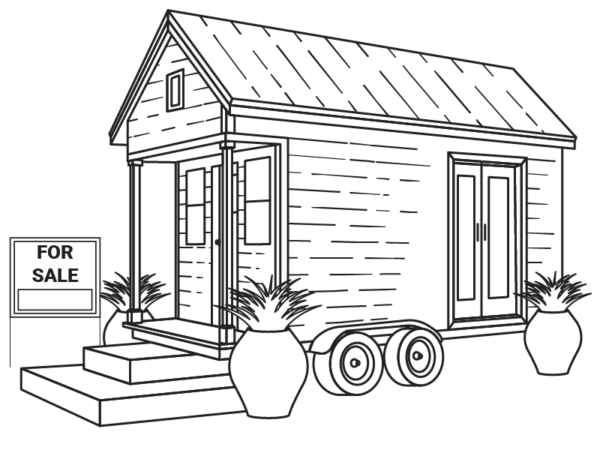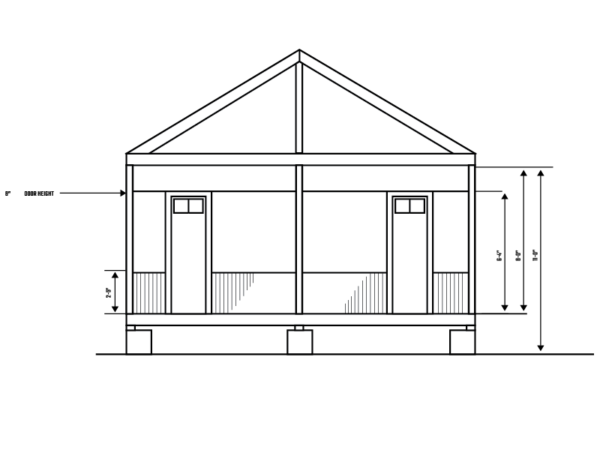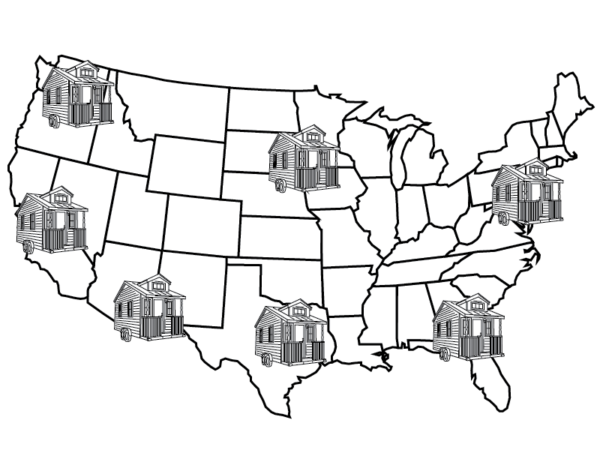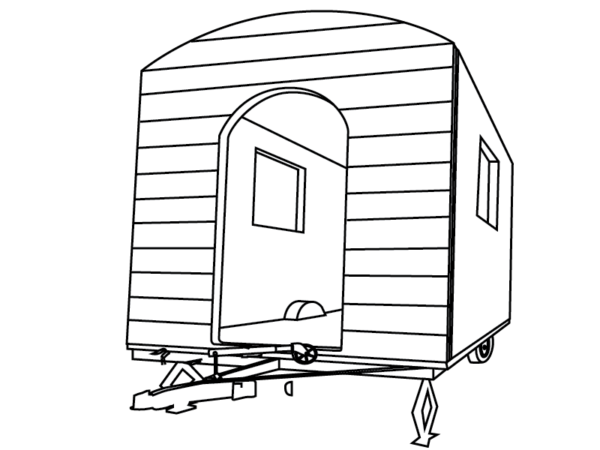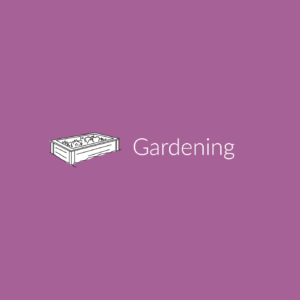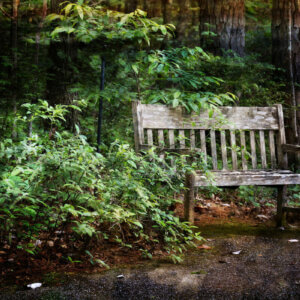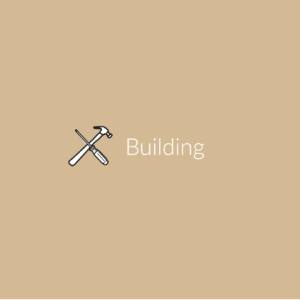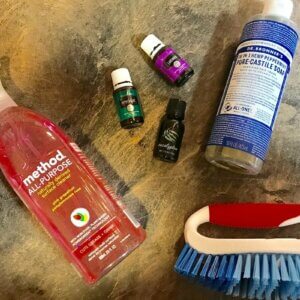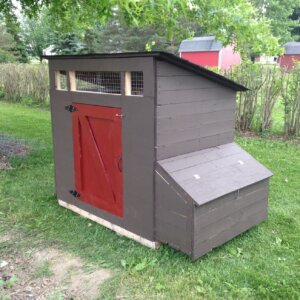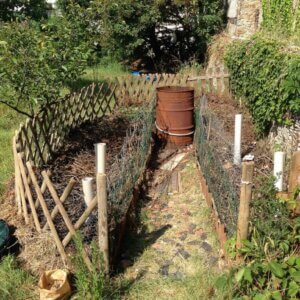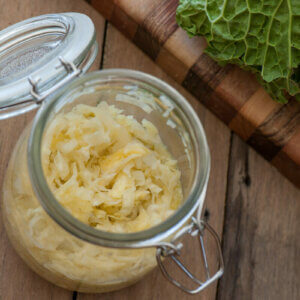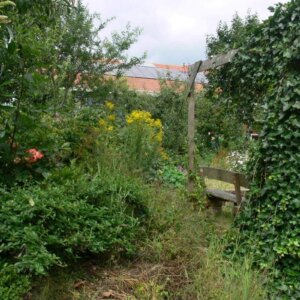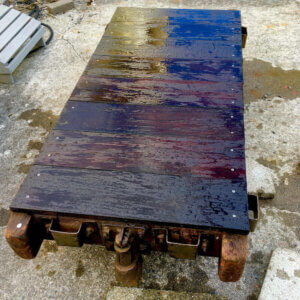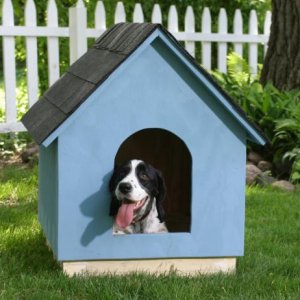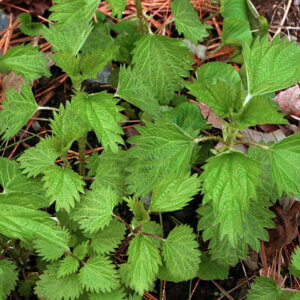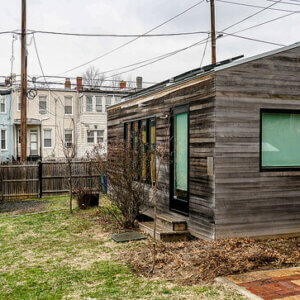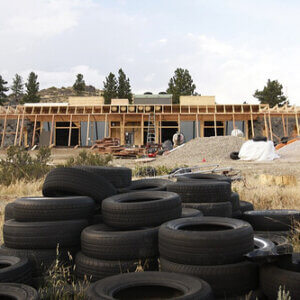The most compact part of a tiny house, square footage to function, is the bathroom.
So much utility is squeezed out of this small area, it’s vital to make every unit of space as efficient as possible. This guide will help maximize your bathroom design for your tiny house, as well as offer some money-saving tips.
One of the biggest questions to answer when designing your bathroom is what do you plan to do with your blackwater and greywater?
Essentials of a Tiny House Bathroom
We’ll discuss the options, but your best bet is a composting toilet. Or, if you’re brave, a bucket.
You can buy a pre-made shower unit, turn your bathroom area into a wet bath, or make your own out of whatever waterproof materials are handy.
The question here: Assuming you’re building a kitchen sink—do you really need another sink a few feet away in the bathroom? We’ll suggest alternatives.
Poor ventilation will turn a bathroom into a moldy mess. You must understand this critical aspect of tiny house bathroom design.
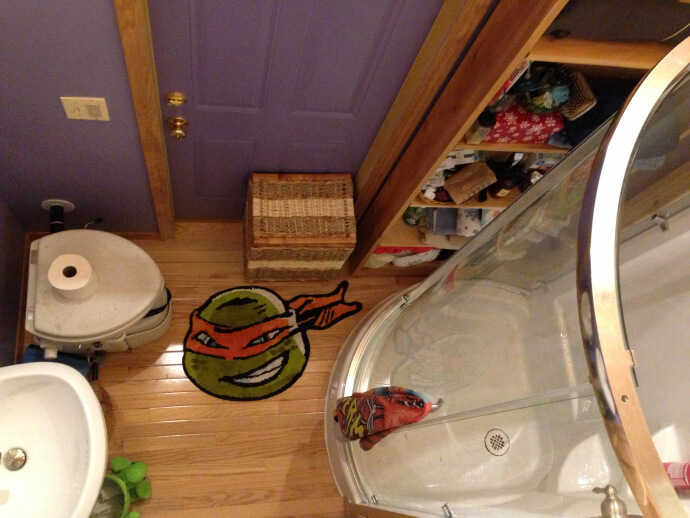
Tiny House Toilets
Composting Toilets and Lesser Alternatives
In the world of tiny houses, composting toilets are what everyone uses. A composting toilet, unlike conventional toilets, doesn’t need plumbing and doesn’t flush the sewage away. Instead, the waste stays on site and gets composted on site (and no, there’s no smell!). But, a composting toilet is not the only option. You can also go with a standard flush toilet, RV flush toilet, incinerating toilet, or chemical toilet. What place do these toilets have in tiny houses? Let’s take a look.
The most glaring turn off from standard flush toilets is that you need to have access to a direct hookup to a septic system. Standard flush toilets use about five gallons of water per flush. They also require a large hole to be cut into your floor.
RV flush toilets work in a similar way, but have modifications to use less water, and typically come with a holding tank for your black water. These tanks are heavy and takes up valuable storage space.
Incinerating toilets don’t use water, instead, they burn the waste using propane, fossil fuels, or electricity. They have the advantage of not needing to worry about where to put black water, but release smoke, and also require a hole put in your house.
Chemical toilets work just like Port-A-Potties. They are essentially a bucket full of a solution of dyes, deodorizers, and detergents, and they must be manually emptied when they get full. They smell just like Port-A-Potties.
Compared to composting toilets, all of those options seem like so much work. Composting toilets don’t require water, a hole in your house, or require special facilities to remove the waste. They are sustainable and turn our waste into part of a cycle instead of a dead-end swamp of sewage. And, they don’t smell. That’s why so many people with tiny houses have chosen these for their bathrooms.
If you decide on a composting toilet (and you should) you have two options: Commercial composting toilets and bucket-style.
Commercial Composting Toilets
A commercial composting toilet will reduce the amount of time you must make contact with your waste, don’t require any plumbing (no pipe, water supply, or drain), are environmentally beneficial, and look clean. However they are expensive, require electricity for ventilation, will fill up eventually, and it has been argued that many don’t produce usable compost.
Nature’s Head Self-Composting Toilet
Designed by two sailors, this sturdy unit is built to withstand use on a ship. It’ll do fine in a tiny house.
Bucket-Style Toilets
A bucket-style toilet? Well, it’s basically just a bucket. After you use it, you toss in a scoop or two of sawdust. A bucket-style toilet costs less than $100 to build, produce usable compost, has an unlimited capacity (if you keep emptying it), and is easy to install. However, you need a lot of cover material (the ash, peat moss, or sawdust that’s placed on top of each trip to the toilet), you must empty the toilet often, and you need a compost pile. This is an excellent guide to building your own bucket style toilet.
Your needs will determine which of these toilet systems work best for you. If you’re on a budget and want something as simple as possible, go for a bucket. If you don’t mind spending a little more, and don’t like the idea of using a bucket, go for a commercially made composting toilet.
Tiny House Showers
Showers aren’t expensive, yet many tiny house owners don’t have one. Why? Because showers take up so much space. That space could go toward something else…if you don’t mind taking showers at the local gym. If you decide a private shower is too important, you have are three options: the custom solution, wet bath, and a shower insert.
Shower Inserts
A shower insert is probably the easiest option. These units are basically a shower in a box, and are widely available in any hardware store. They have the advantage of being guaranteed to be waterproof. These units come in hundreds of shapes, sizes, and colors so what you end up buying is highly dependent on the aesthetic you’re aiming for. If you don’t need to buy new, stripping down an RV can be a good source for a cheap shower insert. You can also find some good deals on Craigslist if you are patient.
Durastall Shower Stall
A “complete shower in a box,” including drain kit, it’s just 32×32. That’s less than three feet wide.
Wet Baths
Wet baths are a good option if you want to be able to have a shower without using up too much space. With a wet bath, your entire bathroom space is the shower space. Simply install a shower curtain separating your designated shower area from the toilet and door, and you’re ready to go. The drawbacks are that moisture control can be a problem, and you can’t shower and use the toilet at the same time.
Custom Shower Systems
The custom solution is a shower system that’s completely built from the ground up. Anything can be a shower if it’s built out of waterproof material. Some unique materials for custom showers include roofing material, molded epoxy, corrugated metal siding, and laminate aluminum panels. This can be an incredibly cheap option, but you have to be willing to be creative and ready to respond to inevitable surprises. Tile, for example, adds weight, but will look terrific and last for years.
Durabase Shower Base
If you go the DIY route, you’ll need a shower base. This is a small, 32×32 version.
Baths
Bath-lovers can still have their relaxing soaks. They’ll just have to pay for it. Mini tubs can be just as expensive as full sized tubs. If you’re willing to try something different (and isn’t that what tiny house living is all about?) consider this innovative solution: horse troughs. Cheap, fit to size, incredibly practical, and some might even say stylish. They come in plastic and galvanized steel—and can be painted and decorated to taste.
Behlen Country 123 Gallon Galvanized Tank
More than six feet long, just about anyone can soak in this tub.
Triton Tankless Water Heater
Another option for showers or baths. This battery-powered water heater generates 1.5 gallons of hot water per minute.
Sinks
You don’t need a bathroom sink. You could wash your hands in the kitchen sink. But you may feel—like most people do—that what happens in the bathroom should stay in the bathroom. Having a bathroom sink will add to the cost and complexity of your plumbing. If you go this route, you’ll have hundreds of options for sinks, most quite inexpensive.
Ventilation
A good ventilation system is the difference between a healthy tiny house and a moldy tiny house. What kind of system is best for bathrooms? You have two main options. You can make a range hood in the kitchen and a bathroom fan for the bathroom, or you can build a whole house ventilation system. The bathroom and kitchen method only carries air out of your house, whole air-exchanger systems bring fresh air back in.
The particular system you choose isn’t as important as simply having a system, especially if you live in a climate where open windows aren’t practical year-round. Good places to put your air exchanger include the loft end, above the refrigerator, or in the pantry area.
BAL Air-Port Fresh Air Exchanger
This system made for RVs is worth a look.
Build a Wetland for Your Greywater
If you choose a compost toilet, your waste will be limited to greywater coming from the shower, sink, and any utilities like a dishwasher or washer and dryer. So what do you do with this stuff?
Really, your only option is to dump the water on your property. Because of this, try and minimize the amount of toxins you use, such as antibiotics and phosphates and ammonia commonly found in cleaning solutions, as well as harsh chemicals in soaps and shampoos. Biodegradable soaps Such as Dr. Bronner’s Magic Soaps, and BioKleen cleaning products are fine to dump right on the ground or in your garden. The end result of these systems are that every time you take a shower or wash your hands, you irrigate your garden.
This assumes that your garden can absorb all this water. If not, here’s an interesting solution: Build a wetland next to your tiny house.
In a greywater reed bed system, the gray water is pooled into a header tank, placed somewhere under the house. The tank can be anything, a 50-gallon barrel, an old tote, even a bathtub. There will need to be a PVC pipe that runs to the spot of the gravel reed beds. The beds will transition from coarse gravel to finer gravel, which will soak away waste water; the reeds and boulders are there to hold the system in place to stop erosion. Eventually the water is meant to settle into a ‘frog pond’. The types of plants you want to use for your reeds are any plants that can grow in permanent water swamps, like sedges and rushes.
This should cover the basics of your tiny house bathroom design. The final option would be: Don’t have a bathroom at all. Bathrooms are some of the most complicated parts of building a tiny house, and they take up valuable space. Tiny house owners who go without bathrooms shower at a local gym, and install a bucket toilet outside. You’ll save money this way—and it may actually be a more sanitary way to live—but it’s a lifestyle you’ll want to try out before you commit to it.

